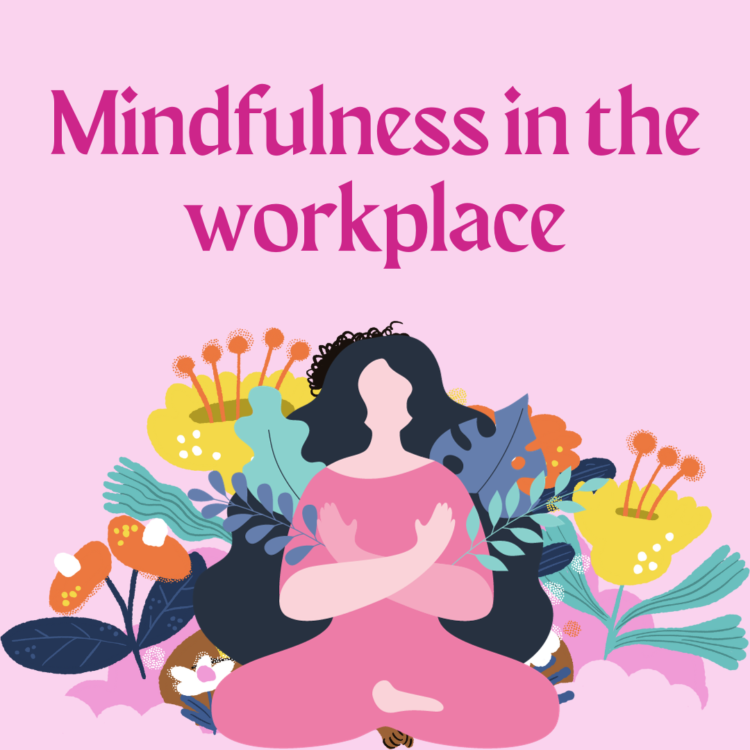In the fast-paced, interconnected world of modern workplaces, finding moments of peace and clarity can seem like a distant dream. However, the practice of mindfulness is proving to be a transformative force, offering a haven of calm amidst the hustle and bustle. Let’s explore how incorporating mindfulness in the workplace can enhance well-being, boost productivity, and foster a positive work environment.
Understanding Mindfulness:
Mindfulness is the art of being present and fully engaged in the current moment, without judgment. Rooted in ancient contemplative practices, it has found its way into various aspects of modern life, including the professional realm. In the workplace, mindfulness involves cultivating awareness, attention, and intention in the tasks and interactions that make up our daily work lives.
Benefits of Mindfulness in the Workplace:
1. Stress Reduction:
The demands of work can lead to stress and burnout. Mindfulness practices, such as mindful breathing and meditation, help employees manage stress by promoting a sense of calm and focus. This, in turn, enhances overall well-being and resilience.
2. Improved Focus and Productivity:
The ability to stay present in the moment enhances concentration and focus. Mindful practices encourage employees to tackle one task at a time, reducing multitasking and increasing overall productivity. As a result, projects are approached with greater clarity and efficiency.
3. Enhanced Emotional Intelligence:
Mindfulness fosters emotional intelligence by encouraging individuals to observe their thoughts and feelings without immediate reaction. This self-awareness can lead to improved communication, better conflict resolution, and stronger interpersonal relationships in the workplace.
4. Creativity and Innovation:
A mindful approach promotes an open and non-judgmental mindset. This, in turn, stimulates creativity and innovation as employees are more likely to explore new ideas and perspectives without the fear of criticism.
5. Better Decision-Making:
Mindfulness practices have been linked to improved decision-making skills. By taking a moment to pause, reflect, and consider all aspects of a situation, employees can make more informed and thoughtful decisions.
Incorporating Mindfulness in the Workplace:
1. Mindful Breaks:
Encourage short breaks during the day for employees to engage in mindful activities. This could include a brief meditation, a walk, or even a few minutes of focused breathing. These breaks can help reset the mind and increase overall productivity.
2. Mindful Meetings:
Begin or end meetings with a brief mindfulness exercise. This could be a moment of silent reflection, a guided meditation, or a collective deep-breathing exercise. This sets a positive tone for the meeting and promotes a focused, collaborative atmosphere.
3. Mindful Spaces:
Create designated areas within the workplace for quiet reflection or meditation. These spaces can serve as retreats for employees seeking a moment of calm amidst their busy schedules.
4. Training Programs:
Offer mindfulness training programs for employees. This could include workshops, seminars, or access to mindfulness apps. Providing resources for ongoing practice empowers employees to incorporate mindfulness into their daily routines.
5. Leadership Embrace:
Leadership plays a crucial role in fostering a mindful workplace culture. When leaders model mindfulness behaviors, it sends a powerful message to the entire organization. Encourage leaders to share their mindfulness practices and experiences to create a more open and supportive environment.
Conclusion:
In the relentless rhythm of the modern workplace, the introduction of mindfulness can be a game-changer. By promoting awareness, focus, and well-being, mindfulness practices contribute not only to individual growth but also to the creation of a positive and thriving workplace culture. Embracing mindfulness is an investment in the mental and emotional wealth of employees, paving the way for a more harmonious and productive professional landscape. So, take a breath, be present, and let mindfulness transform the way you work.










No Comments
Leave Comment